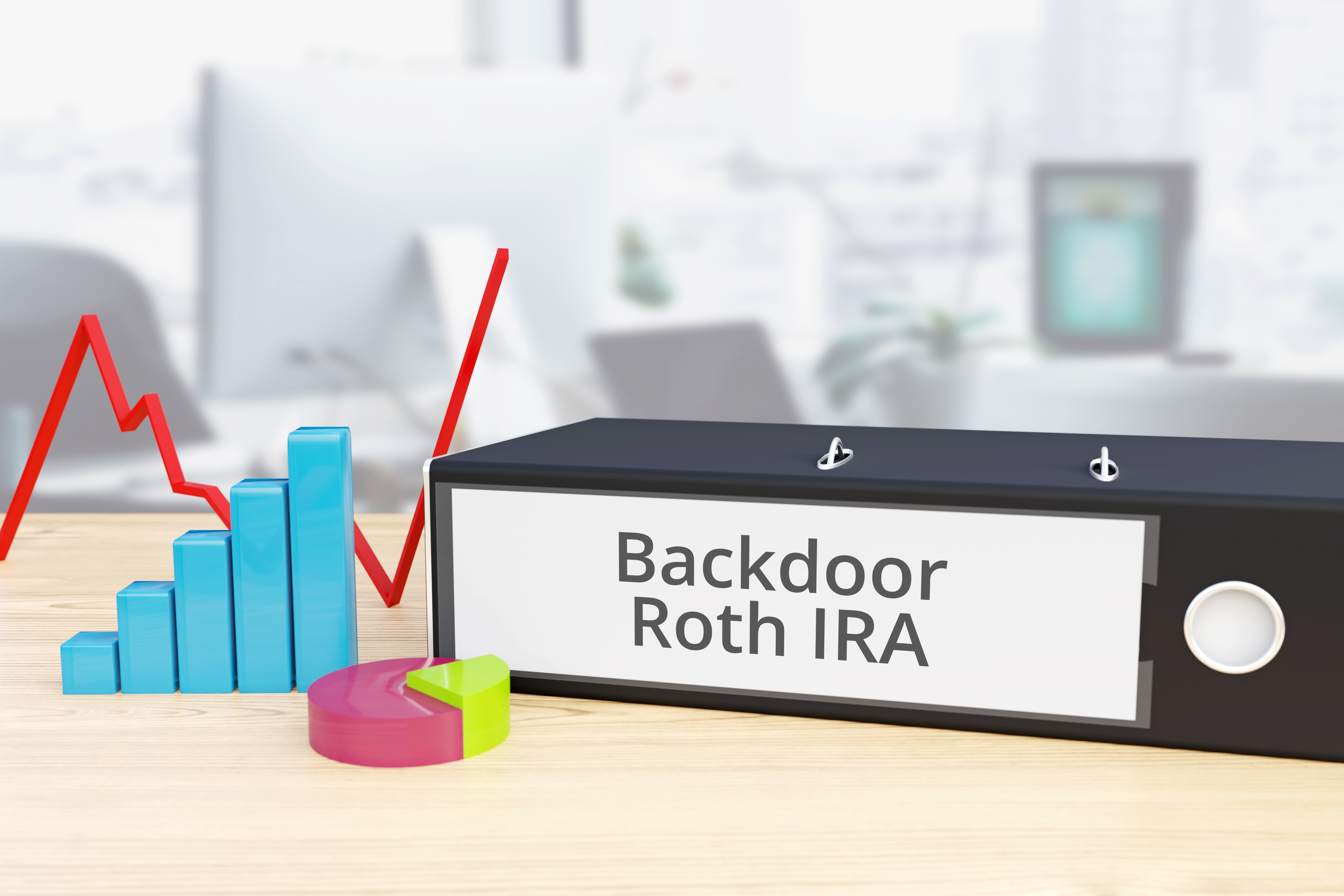Dear Trust Officer:
What is a “backdoor” Roth IRA contribution? I know my income is too high for a deductible contribution to a traditional IRA, and it also might be too high for the Roth IRA. By the way, I’m married, we file jointly.—AFFLUENT SAVER
Dear AFFLUENT:
For marrieds filing jointly in 2024, a full IRA deduction is allowed only if modified adjusted gross income (MAGI) is less than $123,000. A full contribution to a Roth IRA is permitted only up to MAGI of $230,000 for these couples. I understand why, at this point in the year, you might not know which side of the line you fall on if you have realized some significant capital gains in the rising stock market.
If your total income is too high for either of these accounts, you are still permitted to make a nondeductible contribution to a traditional IRA if you have earned income. The “backdoor” Roth IRA contribution is the allowable nondeductible traditional IRA contribution followed by a conversion of the traditional IRA (or a portion of it) to Roth status. There is no income limit on such conversions.
However, another limit does come into play. The conversion comes proportionally from deductible and nondeductible contributions. Here’s an example.
Jill has an IRA worth $95,000, to which she makes a $5,000 nondeductible contribution. The next day she converts $5,000 worth to a Roth IRA. Only 5% ($5,000/$100,000 =5%) comes from her nondeductible contribution, and 95% from her earlier deductible contributions. So Jill will owe an income tax on $4,750 from the conversion.
Only if Jill had no pre-tax money in her IRA could she avoid this tax on her conversion. She can’t set up a new, empty IRA to avoid the application of this rule, because all IRAs (including SEPs and Simple IRAs) must be combined to determine the percentage.
This is a tricky area, we suggest supervision from your tax professional before proceeding.
Do you have a question concerning wealth management or trusts? For any inquiry, please contact us.
© M.A. Co. All rights reserved.
